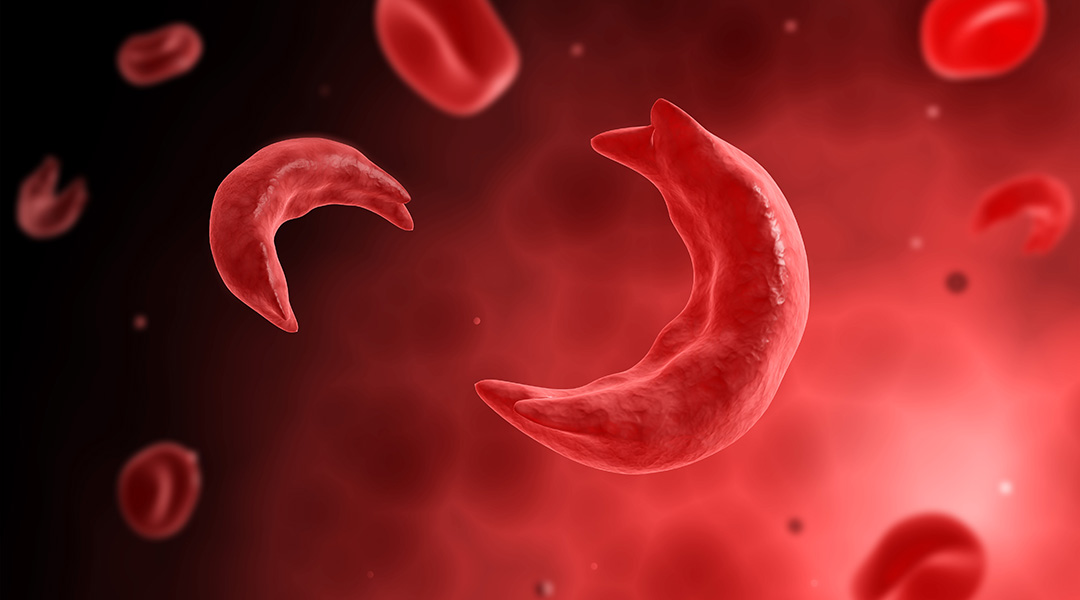“Sickle cell crisis may trigger organ damage and needs adequate management before the disease turns severe. The symptoms of sickle cell may differ in different age groups. Expert doctors in India are delivering successful disease diagnosis, management and treatment to patients from across the globe.”
Overview
The exact cause behind the ‘Sickle Cell Crisis’ can not be established profoundly, but it may trigger several medical conditions such as reduced oxygen levels, cold temperatures, stress, dehydration, and infections.
Nearly, most of the signs of sickle cell disease caused by inadequate size, sickled RBCs that interfere in the blood flow to cells in turn hampering the oxygen supply to tissues in other parts of the body. The continued shortage of oxygen may damage organs causing severe disabilities. Sickle cell anemia patients experience events of irregular “crises” of inconsistent severity and frequency, based on the extent of damage to a specific organ.
Key symptoms of sickle cell disease include:
- Leg ulcers
- Bacterial infections
- Fatigue and anemia
- Heart and lung injury
- Pain crises
- Arthritis and dactylitis
- Eye damage
- Abrupt blood pooling in the spleen along with liver congestion
- Bone infarcts and aseptic necrosis
Some sickle cell symptoms are more prominent in specific age groups while few are uniform across like:
- Anemia
- Fatigue
- Bone infarcts
- Pain crises
Few signs of sickle cell anemia generally occur in specific age groups.
Infants suffering with sickle cell diseases generally do not show any signs during first few months, as fetal hemoglobin continues to protect the RBCs from sickling. Fetal hemoglobin is not present in the RBCs, which are formed after birth but after five months or so, the symptoms of sickle cells become prominent.
In younger kids and Infants the prominent symptoms of Sickle cell anemia are:
- Splenic sequestration
- Fever
- Pneumococcal bacterial infections
- Dactylitis
- Abdominal pain
In young adults and adolescents common signs of sickle cell disease are:
- Eye damage
- Aseptic necrosis
- Leg ulcers
In adult population, typical signs of sickle cells include irregular events of pain caused by injury of muscle, bone, or internal organs.
Management of Sickle Cell Crisis
Generally, management of sickle cell crisis is aimed at reducing irregular pain events, preventing complications, and relieving symptoms. Treatments options may comprise drugs, blood transfusions and bone marrow transplant. Doctor may recommend antibiotics to reduce infections; vitamin supplements and folic acid to replace the infected RBCs.
Sickle cell crisis leads to high RBCs production in turn increasing the requirement of folic acid to reduce the symptoms of sickle cell. Folic acid is an essential vitamin B supplement which helps maintain necessary levels of folate store in blood stream. Doctors generally recommend 1 mg per day dosage of folic acid to adults and children to avert any crisis induced by sickle cell.
Hydroxyurea is considered as an effective drug to enhance fetal as well as overall hemoglobin in kids suffering with sickle cell. Enhanced levels of fetal hemoglobin slow down the process of sickling and gelation of RBCs. This helps in reducing the acute chest syndrome and pain events caused by sickle cells.
Hospitalization is necessary if disease has spread to internal organs where doctor will decide on further course of treatment.
Sickle cell anemia patients are required to maintain healthy lifestyle, regular check-up and medical care, and avoiding such environments that may trigger pain. Sickle cell disease symptoms and management vary from individual to individual, for instance extent of pain and different therapies to alleviate that pain.
Sickle Cell Crisis can be avoided by following some tips:
- Get enough sleep hours
- Have sufficient fluids until your urine color is clear like water or light yellow.
- Keep your stress levels low
- Maintain a suitable exercise regime to keep yourself active, as recommended by the doctor. Don’t overdo it and keep yourself hydrated in between, as dehydration may trigger RBCs to sickle.
- Keep yourself warm during winter season and avoid sudden exposure to cold weather, as it may induce sickling of RBCs.
Sickle Cell Anemia Treatment in India
India is fast becoming a global hub for affordable and best-in-class healthcare infrastructure for complex disease treatment and procedures. With expert and trained surgeons as well as world class hospital facilities, India is a preferred destination for medical tourism.
In India, the cost of Sickle cell anemia treatment is around US$ 900. , though the price varies with disease stage and symptoms, patient’s overall health, and procedure adopted.
Still, the cost is about 25% of the total cost in the US. In addition, cost-effective medical care and affordable accommodation availability make it easier for foreign patients to have sickle cell anemia treatment in India.
MedicoExperts would provide you the ideal solution and end to end assistance for all your healthcare needs in India.
For more information, please email us your medical query with reports at [email protected] or Call/WhatsApp us at +919769516280




